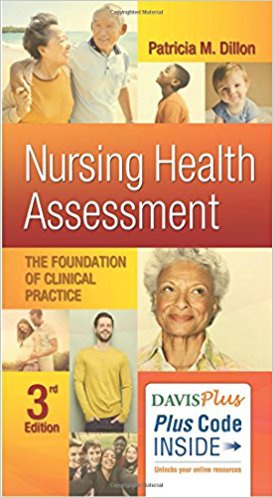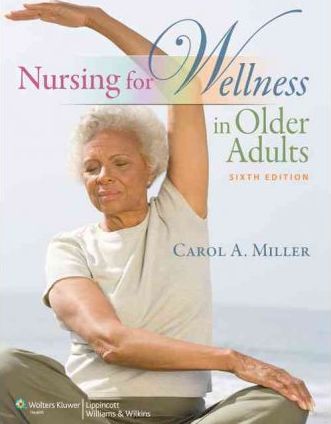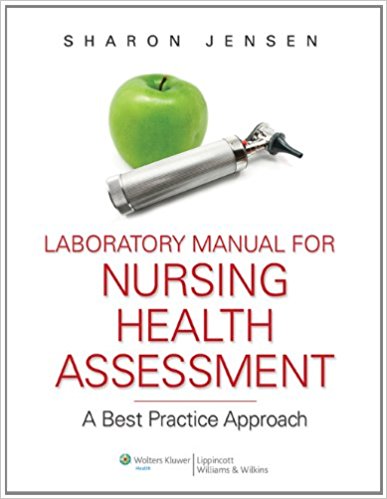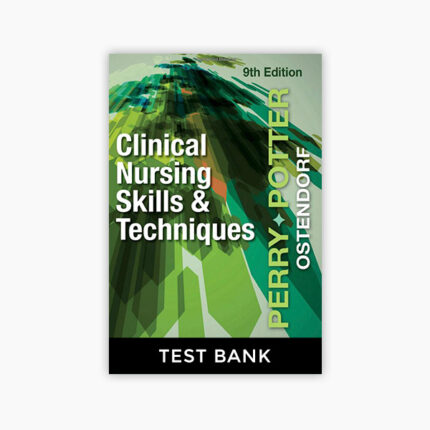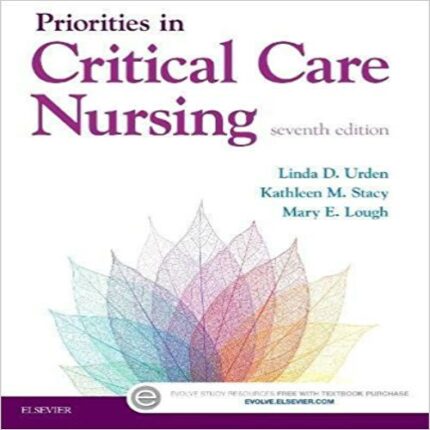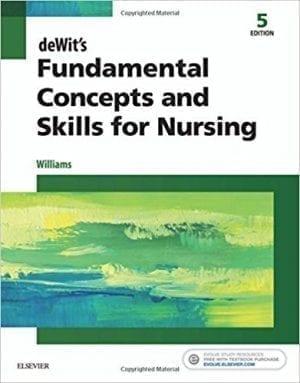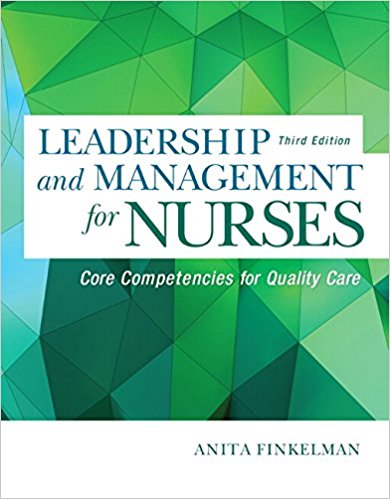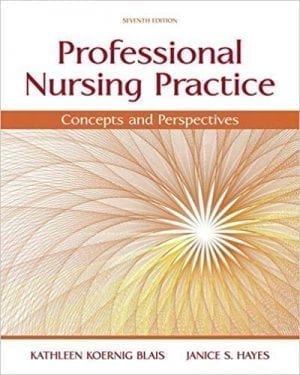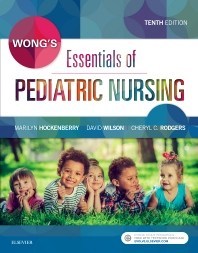NURSING HEALTH ASSESSMENT 3rd Edition By Dillon – Test Bank
Do you need test banks fast? eTestBank.net is the best test bank website for you! Download your test bank right after you pay. No waiting!
Why eTestBank.net is Great:
✅ Instant Download:
Get your test bank right away after payment.
✅ Unlimited Downloads:
Download your test bank anytime and as many times as you want.
✅ 24/7 Live Help:
We are here to help you all day, every day.
✅ Guaranteed Delivery:
If you don’t get the download right away, we will send it to you in 3 to 6 hours.
How to Get Your Test Bank:
- Pick Your Test Bank: Choose from many test banks.
- Pay Safely: Pay securely on eTestBank.net.
- Download Instantly: Get your test bank immediately after payment.
- Download Anytime: Unlimited downloads whenever you need them.
Need Help? Contact Us:
📧 Email: [Support@etestbank.net]
📱 WhatsApp: [https://wa.me/message/MC222DLQ4GDXL1r]
Didn’t Get Your Download?
Don’t worry! If you don’t get the file right away, we’ll send it to you in 3 to 6 hours. Need it sooner? Contact us by email or WhatsApp.
💡 Buy now from eTestBank.net for instant downloads, unlimited access, and 24/7 support—get your test bank today!
Chapter 03: Assessing the Head, Face, and Neck
Multiple Choice
Identify the choice that best completes the statement or answers the question.
____ 1. The nurse is assessing the patient’s turbinates. Which is an expected finding?
|
1) |
Dry and pink |
|
2) |
Moist and pink |
|
3) |
Dry and dark red |
|
4) |
Moist and dark red |
____ 2. The nurse is assessing the patient’s soft palate and notes erythema. What is the possible reason for this finding?
|
1) |
Congenital defect |
|
2) |
Cleft palate |
|
3) |
Infection |
|
4) |
Trauma |
____ 3. During a patient assessment, the nurse suspects that the patient may have cardiovascular disease. Which assessment finding supports the nurse’s suspicion?
|
1) |
Facial edema |
|
2) |
Jaw pain |
|
3) |
Facial spasm |
|
4) |
Temporal pain |
____ 4. Which cluster of assessment findings would the nurse expect to find in association with acute bacterial sinusitis?
|
1) |
Inflamed nasal mucosa; yellow drainage on posterior pharynx; perforated septum |
|
2) |
Yellow drainage on the posterior pharynx; pale and boggy nasal mucosa; fever |
|
3) |
Pale, boggy nasal mucosa; fever; perforated septum |
|
4) |
Inflamed nasal mucosa; yellow drainage on the posterior pharynx; fever |
____ 5. Which disease process is associated with tender, palpable cervical nodes along with painful vesicles?
|
1) |
Herpes simplex virus |
|
2) |
Hyperthyroidism |
|
3) |
Temporal arteritis |
|
4) |
Allergic rhinitis |
____ 6. The nurse is conducting a head, face, and neck assessment for a toddler-age patient. Which finding is expected for a patient of this age?
|
1) |
Anterior fontanel 2 cm open |
|
2) |
Posterior fontanel 2 cm open |
|
3) |
Anterior fontanel open, posterior fontanel closed |
|
4) |
Anterior and posterior fontanels closed |
____ 7. Which male patient is likely to have the least facial hair?
|
1) |
Chinese American |
|
2) |
African American |
|
3) |
Irish American |
|
4) |
Hispanic |
____ 8. A patient presents to the emergency department complaining of a headache. Which is the priority question when assessing this patient’s symptoms?
|
1) |
“Have you been diagnosed with temporomandibular joint (TMJ) syndrome?” |
|
2) |
“Have you had any recent trauma or injury?” |
|
3) |
“How often do you experience migraines?” |
|
4) |
“Have you recently experienced any neck strain?” |

